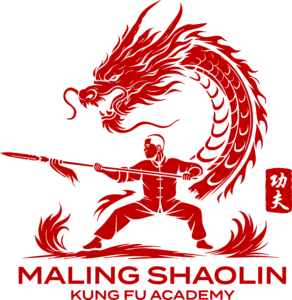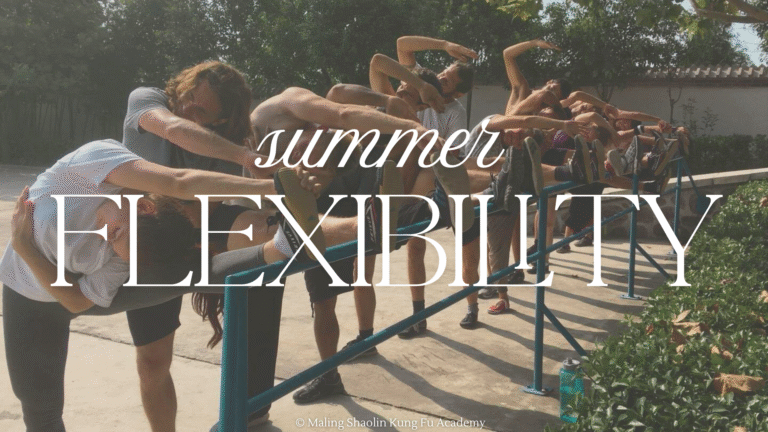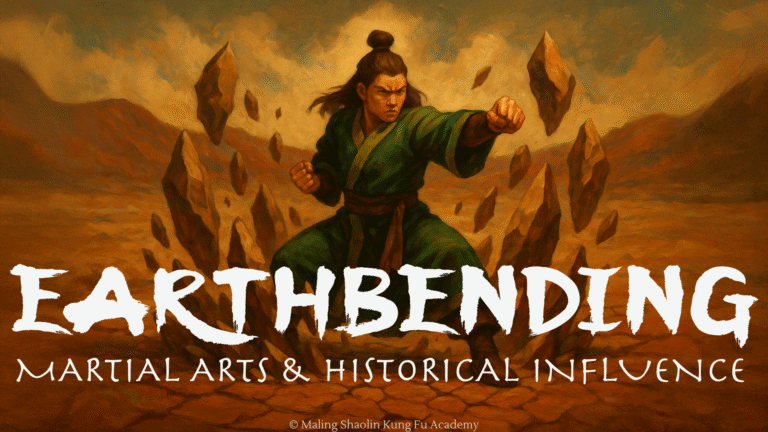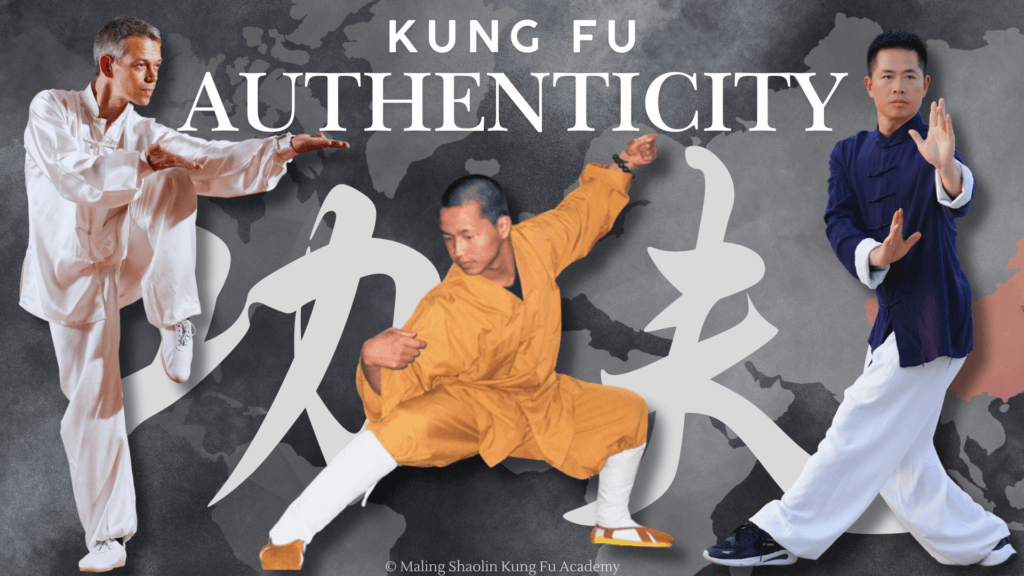
Closing out our series “Debunking the Myths of Kung Fu in China,” as featured in Martial Arts Magazine Australia, Issue 6, Part 3 addresses one of the most debated questions in modern martial arts: Is kung fu taught outside of China authentic? In this final installment, we explore what defines real kung fu—beyond lineage, style, or technique—and examine how authenticity is rooted in dedication, perseverance, and the guidance of a true master.
Through the writing of a long-term student training under Master Shi Xing Jian at Maling Shaolin Kung Fu Academy, this article delves into the importance of heritage, the misconceptions surrounding short-term mastery, and the stages of learning that shape a practitioner’s journey. Whether practiced in China or abroad, the essence of true kung fu lies not in geography but in the commitment to a lifetime of learning. With insights from Master Shi Xing Jian, translated by academy administrator Lisa Guo, we uncover the timeless principles that continue to guide kung fu practitioners around the world.
Is Kung Fu Taught Outside of China Authentic?
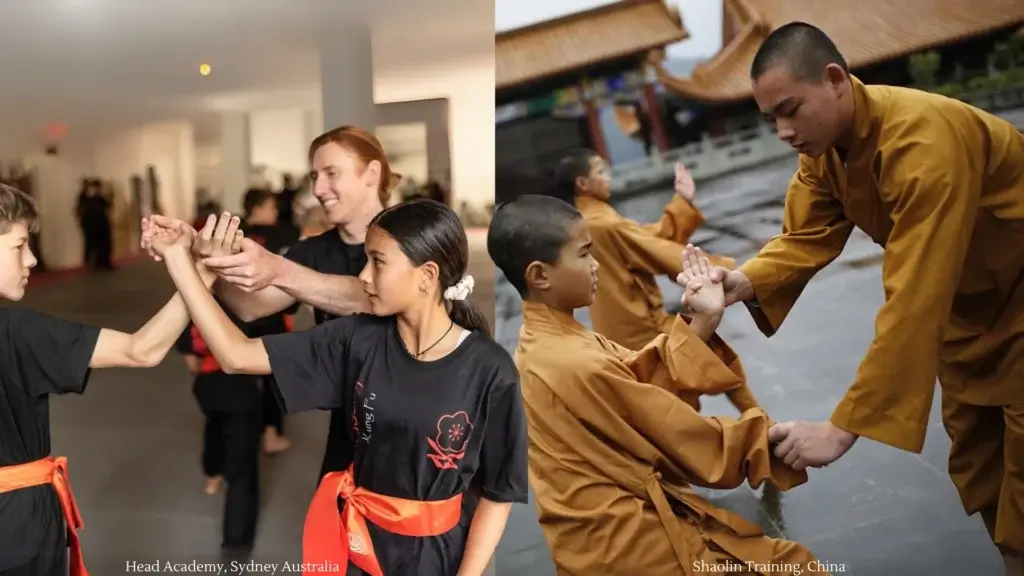
What defines real martial arts? The essence of authentic kung fu isn’t just a matter of technique, lineage, or style—it’s a lifelong journey that requires years of dedication and practice. Real kung fu takes time. The longer you practice, the closer you get to understanding the art’s true nature, refining both body and mind. With this prolonged effort comes the ability to push your body beyond its limits, and in doing so, your mind also begins to elevate, creating a balance between physical strength and mental clarity.
Kung fu is not merely external; it’s an internal process too. As you gain strength, stamina, and flexibility, your mind sharpens. You start to perceive the world, and your place in it, with greater clarity. Over time, kung fu becomes a bridge, connecting your body to the universe. This connection between body and mind is what defines true kung fu mastery. It’s not something you can achieve in a year, nor can it be taught by someone who has only studied for a brief time. Real kung fu requires years—decades even—of commitment and exploration.
Those who practice for only a short period and claim mastery are not authentic. There is no shortcut. To reach the highest levels of kung fu, both time and dedication are essential. Someone who practices for a few months or years and believes they are ready to teach is, in a way, deceiving themselves. Without a deep understanding of both the physical and mental aspects of the art, they are only grasping at the surface, while true kung fu remains far beyond their reach. This self-deception can be passed on to others, creating a cycle of superficial knowledge that lacks the substance of real mastery.
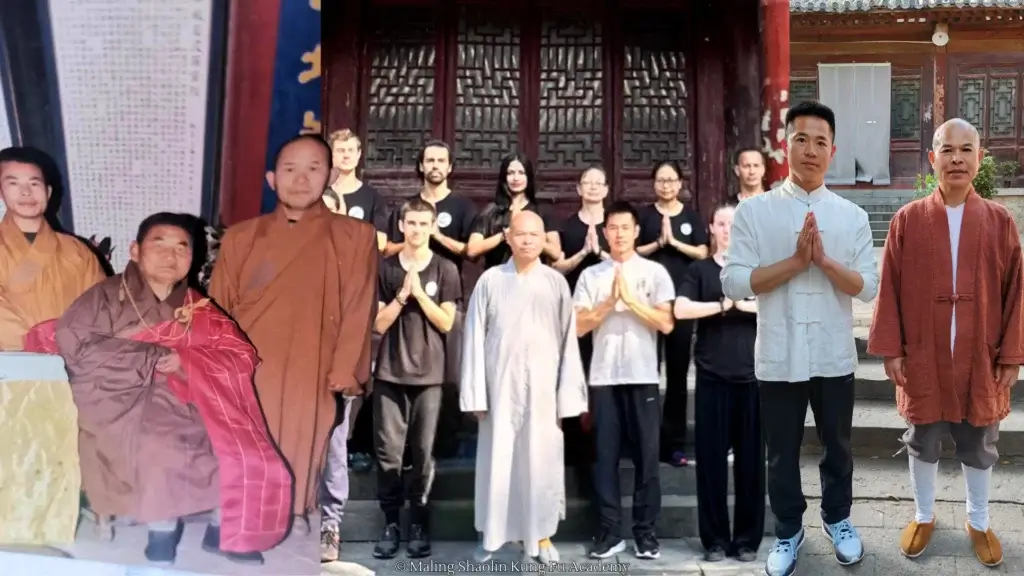
A true master shares not only their knowledge but also their lineage. Authenticity in kung fu is deeply tied to heritage. A master and their disciples are connected through an unbroken chain of knowledge passed down from teacher to student over generations. Kung fu, as we know it today, is the result of thousands of years of refinement. It is impossible for someone to create a new style or claim mastery without the guidance of a legitimate teacher.
Yet, lineage alone is not enough. Just because someone claims a specific lineage or dresses like a monk does not guarantee they are a true kung fu master. In some cases, people can even purchase lineage certificates without ever having trained with the master they claim to represent. Authentic masters must be able to demonstrate their skills, identify their students’ weaknesses, and guide them to correct their forms—not just by saying, “That’s wrong,” but by helping them understand how to do it right. Real kung fu comes from relentless practice, whether it’s repeating a movement a hundred times, a thousand times, or more. This is where true mastery lies.
Beware of those who claim their style is the only “real” martial art. This exclusivity often reveals insecurity rather than mastery. The more skilled a martial artist becomes, the more they understand that all martial arts share the same roots. While different styles may emphasize various techniques or philosophies, they are all interconnected. Think of the origin of martial arts as a reverse pyramid. At the base, all styles share a common source, and as you climb higher, you see how these styles have evolved and branched out. Then, the better you become, the closer you get to understanding that all styles, at their core, are the same, like an upright pyramid. If we were to visualize the full picture, this ultimately forms a diamond-like structure, going from knowledge of history: origins ➜ styles, to understanding in practice: style ➜ origin.
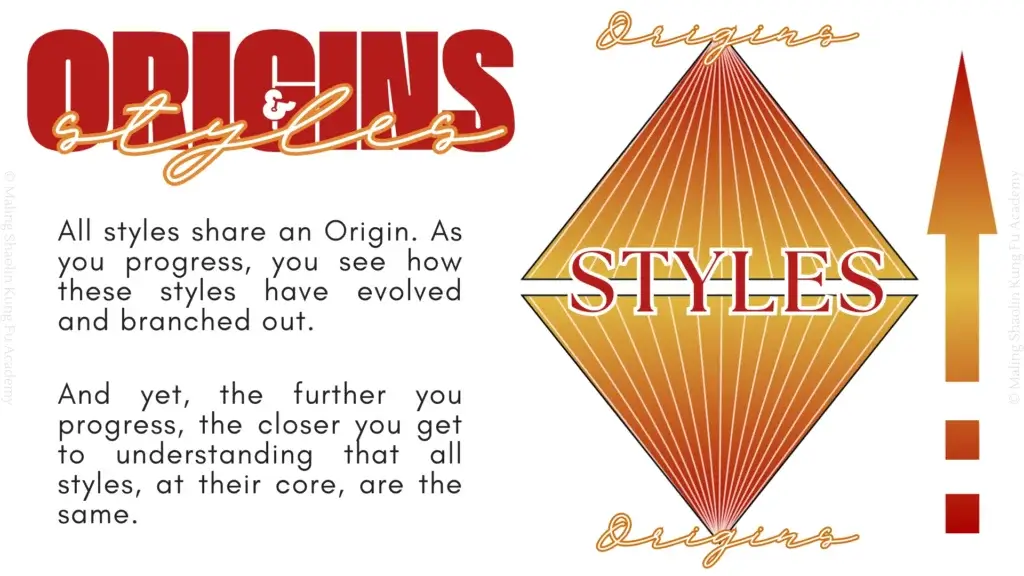
Some may think of styles like Tai Chi and Shaolin as opposites—Tai Chi being slow and gentle, while Shaolin is fast and powerful. But a true master sees the connection. It’s possible to perform Shaolin movements with the softness of Tai Chi or Tai Chi movements with the power and speed of Shaolin. When someone has truly mastered a style, they can blend techniques seamlessly, recognizing that the essence of martial arts transcends the boundaries of individual schools.
So, how can you tell if someone is a real kung fu master? It’s not always easy. The ability to identify a true master comes only after witnessing many martial artists and developing an understanding of what real skill looks like. You’ll know when you see it. A real master’s movements radiate power, fluidity, and energy. Their agility and coordination leave an impression on those watching. For example, when Master Bao (Shi Xing Jian) demonstrates during class, his movements convey intensity and power. You can feel the energy in the room as he guides students, showing them the difference between mediocrity and mastery. A true kung fu master is not there to please the student but to push them to their limits, ensuring they perform at their best.
Authenticity can also be found in a master’s lineage. Their heritage and the way they teach provide clues to their legitimacy. But in modern times, many people seeking “real” masters are often looking for something psychological. Some enjoy the process of learning for its own sake. Others want to be pushed to their limits, seeking challenges that force them to grow. However, not everyone can handle the traditional, tough-love approach that is common in Chinese kung fu. Particularly for foreigners, the intense training methods of old may not be suitable.
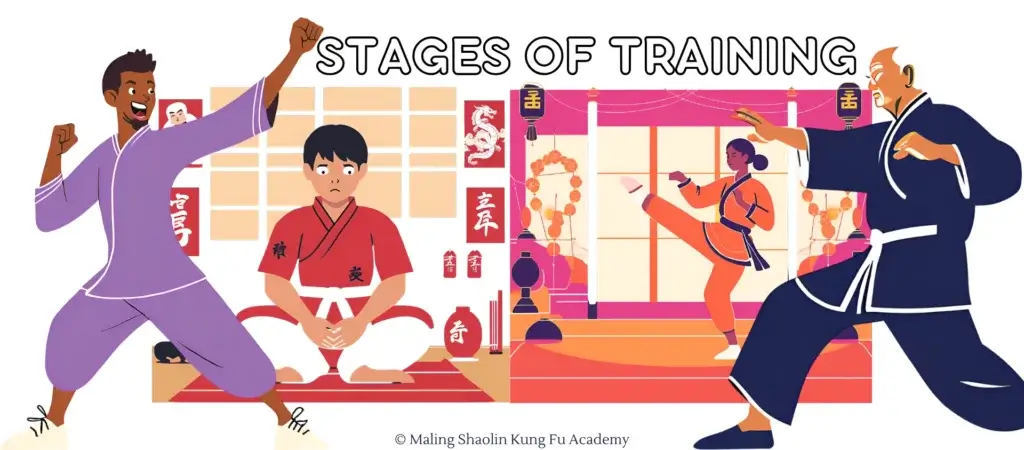
In Chinese kung fu, the learning process is long and consists of several stages:
- The Interest Stage: Everything feels exciting and new. This stage, which can last from months to a year, is filled with curiosity and enthusiasm for learning fresh techniques and movements.
- The Bored Stage: After the initial excitement fades, the learning becomes more challenging. Students start to recognize the discomfort and difficulty in perfecting their movements. This stage can last 1–2 years, depending on the student. Some give up, defeated by the hardness of the training, while others press on.
- The “Hang In There” Stage: Those who persist begin to find joy in the practice again. They start to identify their weaknesses and strive to improve. This is when they begin to grasp the essence of kung fu, though the length of this stage varies for each practitioner.
- Kung Fu Mastery: At this stage, a student can execute martial arts techniques with precision and power. They are in control of their movements and enjoy the process of training.
In the end, real kung fu can be found anywhere in the world, as long as the practitioner follows the traditional path of dedication, patience, and deep study. But there are no shortcuts. Real kung fu comes from within, built upon years of perseverance and practice, and guided by the wisdom of a true master.
Conclusion:
Kung fu, both modern and traditional, is not a static relic of the past but a dynamic practice that continues to evolve with the times. What many perceive as the “dilution” of real kung fu is, in fact, a reflection of the art’s adaptability and growth. From the support it received in New China to the new forms it has taken in modern wushu, kung fu remains a pillar of Chinese culture, rooted in centuries of wisdom, discipline, and spiritual significance.
Ultimately, real kung fu is not defined by outward appearances, technical jargon, or even geographical boundaries. It is found in the dedication, perseverance, and respect for lineage that a practitioner brings to their training, whether in China or beyond. As martial artists, we must challenge the superficial perceptions that dominate discussions online and seek a deeper understanding of the art’s true essence. Whether modern or traditional, kung fu continues to thrive and inspire those willing to embrace its full journey—body, mind, and spirit.
Want To Read More?
Check out Part 1, Is Modern Kung Fu ‘Real’ Kung Fu?, and Part 2, How Did the Rise of New China Affect Shaolin Kung Fu? If you want to support the magazine, check out the digital or, if you live in Australia, printed copy of Martial Arts Magazine Australia (MAMA), Issue 6 on their website.
Disclaimer: We do not receive any financial compensation from the sales or distribution of Martial Arts Magazine Australia, Issue 6, which features the referenced article. Our sole intent is to share our contribution to this publication with our readers.
